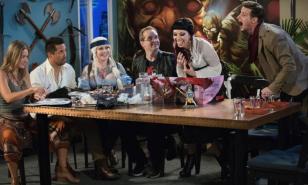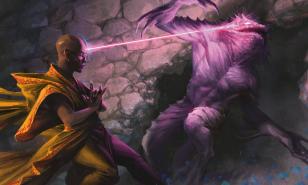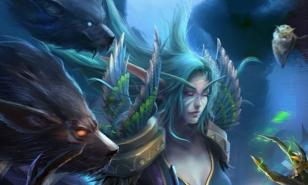D&D Fighter Guide: How To Build The Ultimate Fighter
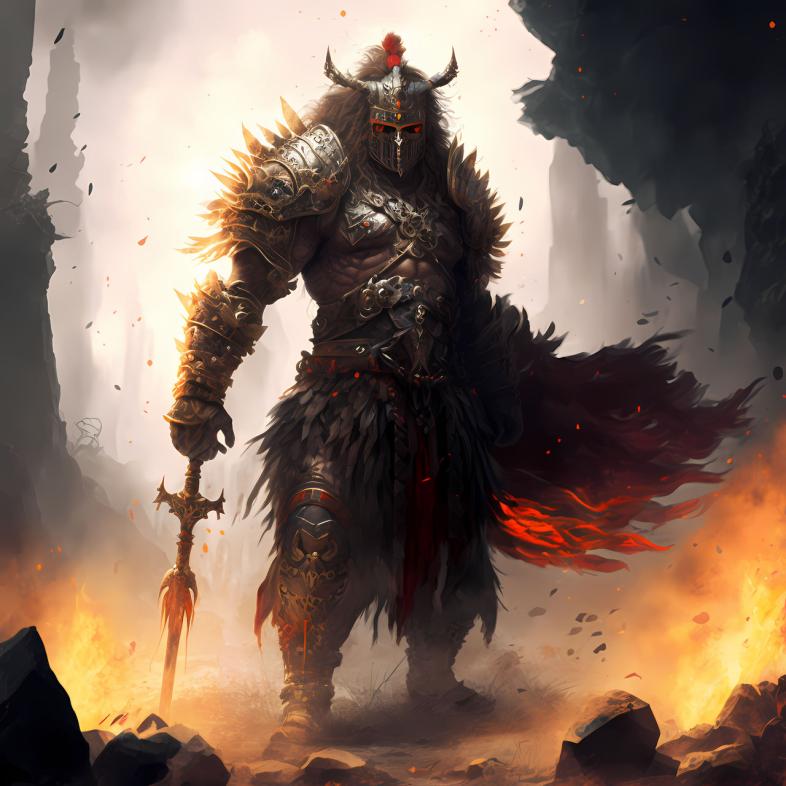
D&D: How To Build A Good Fighter
A fighter isn’t just any soldier of the town guard or a local militia. Fighters are well trained combat veterans to whom killing is as easy as breathing. Fighters are experienced warriors with the skills to protect their adventuring party. They are the muscle and steel between enemies and those they wish to protect. In this article, I’m going to give you a brief breakdown of some of the basics of creating a fighter character, largely in terms of game mechanics and raw statistical power so that you can dive into the game with confidence that your fighter will be able to stand against your enemies.
Race

Choosing the right race for your character is crucial. Your race determines your bonuses, what languages you speak and if you have any special abilities such as darkvision. Race is doubly crucial for fighters, as if the fighter goes down, the rest of the party has a much harder fight ahead of them.
There are a number of races that work quite well for fighters. The most obvious is, of course, the dwarf. Both hill dwarves and mountain dwarves get bonuses in strength and constitution, both of which are crucial for fighters. Dwarves as a culture are also quite geared to combat, and there are a number of advantages that being a dwarf has outside of raw combat power. Another really good race for fighters would be the dragonborn. Dragonborn get a bonus to strength, but they also get a breath weapon that is quite useful for anyone entering a melee with the enemy.
Thirdly, there’s the half-orc. Half-orcs, like dwarves, get bonuses in strength and constitution and are geared towards fighting. Humans work well as an alternative, as they have every stat boosted, so they’re quite useful for getting your fighter up to scratch if you don’t roll particularly well.
Subclass

Choosing the right subclass is quite crucial for any character and depends on a number of factors including but not limited to: party balance, character strength, character archetype and character build. Maintaining the balance of fighters to spellcasters in your party is a big concern for choosing a fighter subclass, as fighters are able to subclass into some magic if needed.
Champion
The champion is a master of his own body, focusing their physical power into dealing devastating blows. When you choose this subclass, you immediately deal critical hits on both 19’s and 20’s. As you progress up the levels, this expanded critical range gets bigger, you get an additional fighting style and you begin to regain hit points at the start of every turn. This subclass is perfect for the kinds of fighters who focus on being the biggest, heaviest hitter in the room.
Battle Master
The battle master subclass is exactly the opposite of the champion. Battle masters are the kind of fighters who learn their enemies strengths and weaknesses just by being around them long enough. These kinds of fighters gain special maneuvers that allow them to deal more damage, hit the enemy while their enemy is attacking them and buff their allies. Battle masters focus on the intellectual side of combat, relying on superior skill to defeat their enemies.
Eldritch Knight
The eldritch knight is another thing entirely. Eldritch knights are what happens when a fighter and a wizard have a child. They are still quite capable fighters, but they learn some wizard magic in addition. This makes them extremely versatile and gives them the ability to fill in wherever they are needed. Eldritch knights focus on combining raw combat power with magic, and outside of a cleric, they are the best combination of magic and physical power that exists in 5e in my opinion.
Feats

Feats are one of the aspects of Dungeons and Dragons that really depends on your character. Every character is different, and therefore whether or not a feat fits your character is really dependent on who your character is. Maybe your character really fits the charger feat, or the tough feat. Maybe your character doesn’t need feats and needs the bump in ability scores more. What I’m trying to say is that if you are going to take a feat, make sure that you know what feat fits your character really well. Most of the feats in the PHB would fit a fighter of some kind, but they are all really situationally dependent on your character and the campaign you’re playing.
Archetypes

Character archetypes may seem cliche or overused, but they are a great foundation for building a character, especially if you’re short on ideas. The problem these days is choosing which fighter archetype to use. I’ll provide a few, but there are so many out there that this will be a much abbreviated list.
First and most common would be your heavily armored dwarven fighter, usually using Gimli from The Lord Of The Rings as a character basis. These fighters are stubborn, rash and dive into combat willingly and sometimes unnecessarily. They form a great wall of steel and muscle in front of your squishier spellcasters, but lack a certain fineness that might come in handy.
Secondly, we have the opposite end of the spectrum, the rapier wielding, honor bound fighter. They are usually tall and thin and often use The Three Musketeers for inspiration. They are wonderful in high paced, agility based situations but if the situation takes muscle and determination, they will often fall short of the mark.
Another common fighter archetype is the religious zealot. Depending on the specifics, this archetype fits the cleric or paladin class better, but there is a significant amount of overlap, so they may find themselves as a fighter instead. Driven by a need to serve their deity, they will be more bound to their own missions than the party and are definitely one to keep your eye on in case they decide you’re slowing them down too much.
There is also the Achilles archetype. These fighters spin through combat in a maelstrom of death, killing anyone in their way. They never get hit and have a knack for melee combat. There is no doubt that they are in their element in the heat of battle, but they usually suffer from an excess of pride and may refuse to aid those who have given them the smallest slight.
Finally, there is the muscled thug. They may have joined the party due to the lure of gold, or maybe they have had a change of heart and want to do the right thing. Whatever their reason, they may suffer from some anger issues and probably have a troubled history with the law. They are quite good for intimidating your rivals and pack quite the punch, but often aren’t so keen on sitting still or sneaking around.
Multiclassing

Multiclassing is one of the biggest concerns when creating a character. It can change everything, from your role in combat to your role in social situations, what weapons you use, what you can do. Ultimately, it is quite a complicated topic and there is way too much to talk about here, so I’ll just go over the basics quickly.
A fighter/spellcaster multiclass is always good, as in lower levels, fighters are quite powerful, but high level spell casters are unmatched. Getting a good ratio of health to damage output is a particular feature of this multiclass. Not to mention all of the other things that spells can do for you. That being said, this is kind of built into the fighter class already with the eldritch knight subclass.
A fighter/barbarian multiclass seems good on the surface, but like a fighter/monk multiclass, I would not advise it, as both the barbarian and monk class rely pretty heavily on your character wearing little to no armor, whereas the fighter class is built around heavily armored warriors. It would be nice to have rage, but I wouldn’t do this multiclass for anything else.
A fighter/ranger multiclass is great, because with the hunter subclass and the horde-breaker ability, you can really start to increase the number of attacks you have per round. Between the horde-breaker ability, extra attack and action surge, you might be able to make four separate attacks in one turn with your weapon. Add a few other bits and pieces from other classes, maybe a magic item or two and you’ll become quite the powerhouse.
How I would build the ultimate fighter

I once built a fighter that was only hit once across almost twenty hours of combat intense play. His name was Tankard, and he was a heavily armored dwarf fighter. He was the ultimate fighter, even though the campaign he was in ended at level 4. Here is how I created the ultimate fighter.
First of all, he was a mountain dwarf fighter, meaning a +2 in strength and constitution. A decent roll meant that I was starting with 20 in strength and 16 in constitution. As a result, Tankard started with 13 hp. I chose to start with full chain mail and a shield, and chose the defense fighting style as soon as I could. That meant that I had a 19 armor class at level 1. Between those two things, he was nearly unhittable.
Next was subclass. Tankard was a battle master with the parry, riposte and precision attack maneuvers. This meant that he got to make an extra attack whenever an enemy tried to attack him and he could add an extra d6 of damage to his damage rolls whenever he felt like it. He could single handedly take on any encounters developed for a full party of 6th level characters at third level.
I was also planning to multiclass him if we continued the campaign. There was a ranger in the party, so I would have had the ranger teach Tankard a few of his tricks and multiclass into ranger for the horde-breaker feature, allowing Tankard to attack with his battle ax as many as five times in a single turn without using his maneuvers by 8th level. With the +5 from the 20 strength, that would translate to an average of 47.5 damage per turn without critical hits, magic items or maneuvers.
Getting the roll of 18 for his strength was a fluke, and is unlikely to happen when you are trying to create the ultimate fighter. At fourth level, you can use the ability score boost to increase your strength if you need it. You could also take a feat. For Tankard, I took the tough feat. This meant an extra 2 hp per level already gained and for every level he would gain. Because of that, even if an enemy was able to hit him, he would be able to take a ton of damage before going down.
Tankard was the only frontliner in a party of four characters, and he still only got hit once because of the way I built him. That is how you build the ultimate fighter.
You may also be interested in:
- [Top 15] Most Powerful D&D Monsters
- The Best D&D Classes (Ranked from Worst to Best)
- Top 25 Best D&D Villains of All Time
- Log in or register to post comments
 Home
Home PC Game Trailers
PC Game Trailers News
News Menu
Menu


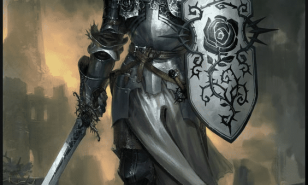
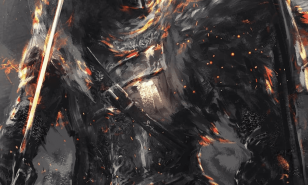

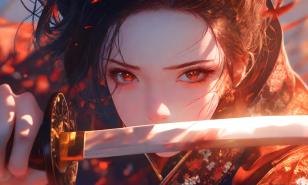
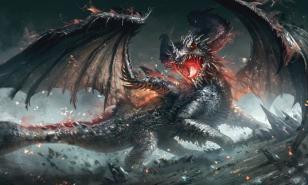
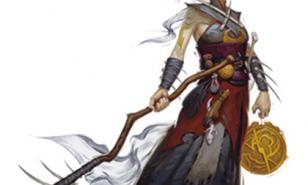
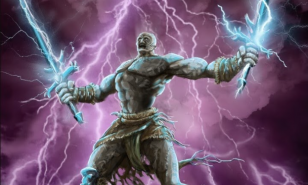
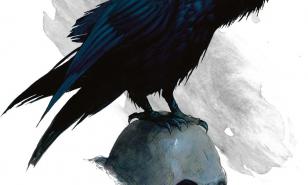
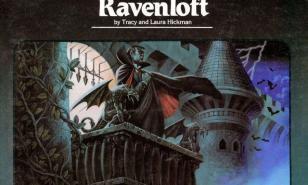

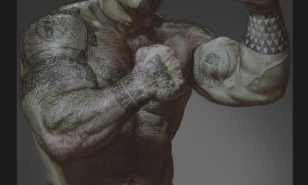
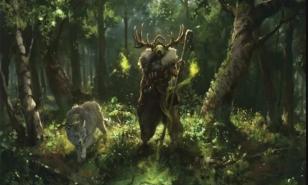
![[Top 10] D&D Best Wizard Weapons and Items Best wizard magic items, best magic items for wizards, best wizard items, best items for wizards, wizard items, wizard magic items, items for wizard, items for wizards, magic items for wizard, magic items for wizards, caster magic items, magic items for casters, caster items, must have items for wizards, must have magic items for wizards, magic items to pick for wizards, items to pick for wizards, magic items to pick for wizard, items to pick for wizard](https://www.gamersdecide.com/sites/default/files/styles/308x185-scale-crop--more-top-stories/public/battle_of_will.jpg)
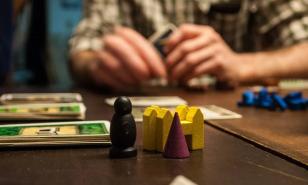
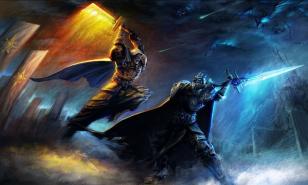
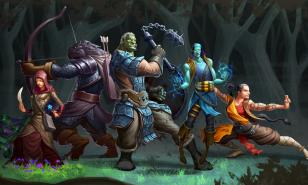
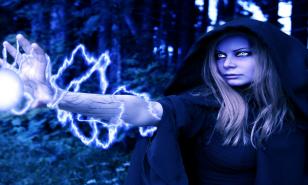
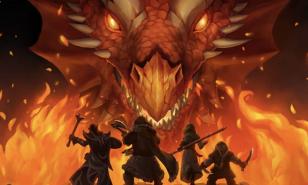
![[Top 20] D&D Best Barbarian Items, Armor and Weapons D&D Best Barbarian Items, Armor and Weapons](https://www.gamersdecide.com/sites/default/files/styles/308x185-scale-crop--more-top-stories/public/4._top-20-dnd-best-barbarian-items-weapons-and-armor-headline_1.jpg)
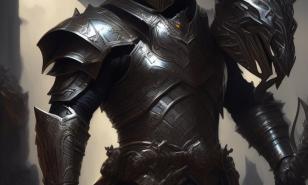
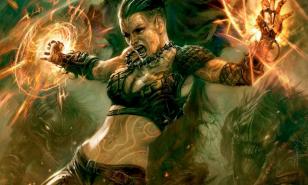
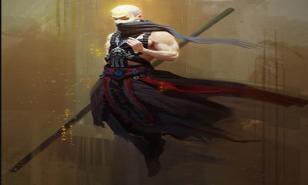
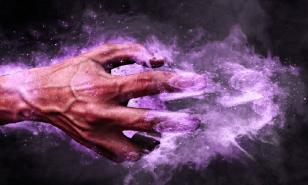

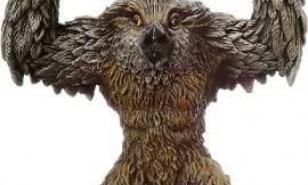
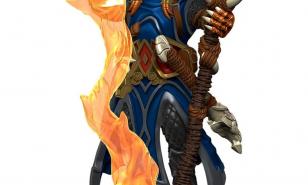
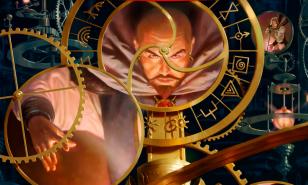
![[Top 3] D&D Best Druid Subclasses To Play](https://www.gamersdecide.com/sites/default/files/styles/308x185-scale-crop--more-top-stories/public/top_3_dd_best_druid_subclasses_to_play_1.jpg)
![[Top 3] D&D Best Wizard Builds of All Time d&d wizard spells,best wizard builds, best wizard build, top wizard builds, top wizard build, control wizard build, control wizard guide, divine wizard guide, nuclear wizard guide, best spells for wizards, best spells for a wizard, how to play a wizard, how to build a wizard, dnd best wizard build, dnd best wizard builds, d&d best wizard build, d&d best wizard builds, d&d wizard guide, ddivine wizard build, nuke wizard build](https://www.gamersdecide.com/sites/default/files/styles/308x185-scale-crop--more-top-stories/public/top-3-wizard-builds-4_1.jpg)

![[Top 5] D&D Ranger Multiclass Builds That Are Powerful D&D Best Ranger Builds](https://www.gamersdecide.com/sites/default/files/styles/308x185-scale-crop--more-top-stories/public/top-5-dd-best-ranger-multiclass-builds-that-are-powerful-ranger1_1.jpg)
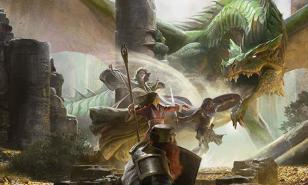
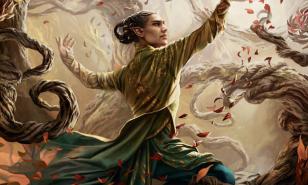


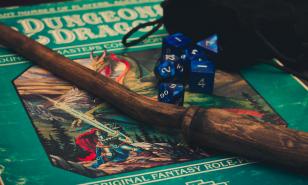
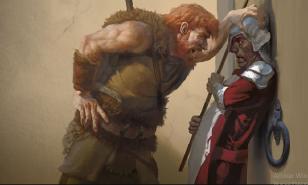
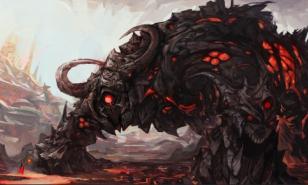
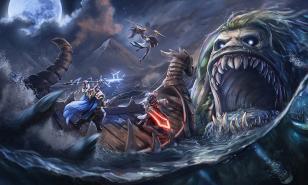
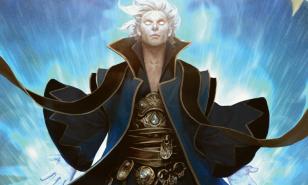

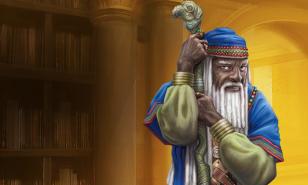
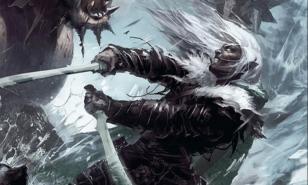
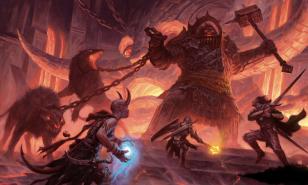
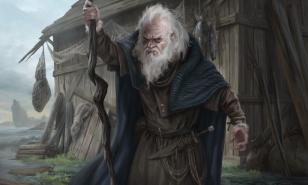
![[Top 5] D&D Best Sorcerer Multiclass Builds That Are Powerful D&D Best Sorcerer Builds](https://www.gamersdecide.com/sites/default/files/styles/308x185-scale-crop--more-top-stories/public/top-5-dd-best-sorcerer-multiclass-builds-that-are-powerful-titlejpg.png)
